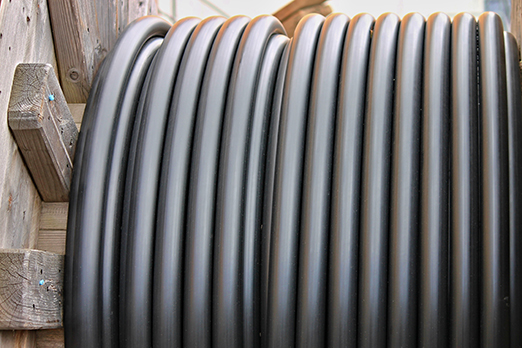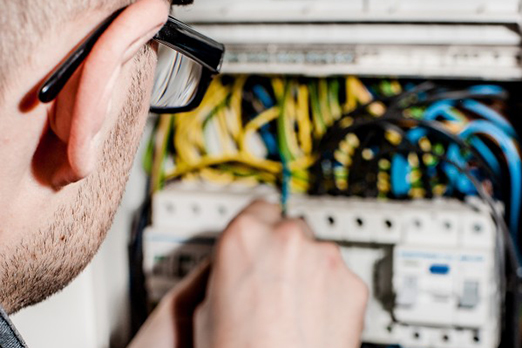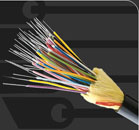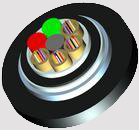PRODUCTS
- Aerial Bundled Cables
- Airport Cables
- Automotive Cables
- Alarm & Audio & Electronic Cables
- Belden Equivalent Cables
- Bus Cables
- Cable Glands
- Cables for Oil Industry
- Coaxial Cables
- Composite Cables
- Control Cables
- Data Cable
- Elevator Cables
- Fiber Optic Cables
- Fire Resisting Cable(Fireflix)
- Fire Retardant Cable(FIRETOX)
- Flame Retardant Cable (FIREGUARD)
- Flexible Cables
- Heat Detection Cables
- High Temperature Cables
- Highway Cables
- Industrial Cables
- Instrumentation Cables
- Lan Cables
- Marine Cable
- NEK606 Water Blocked Offshore & Marine Cables
- IEC60092 STANDARD Offshore & Marine Cables
- BS 6883&BS7917 STANDARD Offshore & Marine Cables
- UKOOA Offshore & Marine cables
- VG 95218 Navy Cables
- Mining Cables
- Airframe Wire
- Marine, OIL,GAS & Petrochemical Cables
- Power Cables
- Railway Cables
- Robotics
- Rolling Stock Cables
- Rubber & Crane Cables
- Security Cables
- Special Cables
- Spiral Cables
- Telephone Cables
- Thermocouple Cables
- BS 5308 Cable
- PAS 5308 Cable
- BS 5467 Cable
- BS 6724 Cable
- BS 6346 Cable
- BS 7211 Cable
- IEC 60502-1 Cable
HOT PRODUCTS
APPLICATIONS
![]() Cable Testing & Fire Resistant Cable
Cable Testing & Fire Resistant Cable
![]() Introduction to Fire Resistant Cable
Introduction to Fire Resistant Cable
At present, in cable industry, Fire Retardant, Low Smoke Halogen Free (LSOH) OR Low Smoke Fume (LSF), Fire Resistant cables are all described as Fire Retardant & Resistant Cables
![]() Flame Retardant
Flame Retardant
Fire retardant cables are designed for use in fire situations where the spread of flames along a cable route need to be retarded. Due to relative low cost, fire retardant cables are widely used as fire survival cables. No matter the cables are installed in single wire or in bundles, during a fire, the flame spread will be retarded and the fire will be confined to a small area, thus reducing the fire hazard due to fire propagation.
![]() Low Smoke & Halogen Free & Fire retardant (LSZH)
Low Smoke & Halogen Free & Fire retardant (LSZH)
LSOH cables are not only characterized by its fire retardant performance but also by its halogen free properties, thus offering low corrosivity and toxicity. During a fire, this cable will emit less smoke and acid gases which may damage the human being and expensive equipment. Compared with normal PVC cable, LSOH cable outperforms by its fire retardant properties, low corrosivity and low smoke emission properties, however, normal PVC cables has better mechanical and electrical properties.
![]() Low Smoke Fume (LSF)
Low Smoke Fume (LSF)
The low halogen content and low corrosivity of low smoke fume cables lies somewhat in between fire retardant cables and LSOH cables. Low Halogen cable also contains halogen but the content is much less than PVC cables. LSF cable is designed to reduce the spread of fire, toxic gases and smoke during fire. The LSF cable is usually manufactured from flame retardant PVC blended with HCL additive and smoke absorbent. These materials help improve the fire performance of the LSF cables.
![]() Fire Resistant
Fire Resistant
Fire resistant cables are designed to maintain circuit integrity of those vital emergency services during the fire. The individual conductors are wrapped with a layer of fire resisting mica/glass tape which prevents phase to phase and phase to earth contact even after the insulation has been burnt away. The fire resistant cables exhibit same performance even under fire with water spray or mechanical shock situation.
![]() Fire Performance Class
Fire Performance Class
The main concern for the cable in its fire survival properties are its flame spread, smoke characterization and gas toxicity. In American fire standard, the concern lies more on the first two and it differs from the European standard which concerns all these aspects. In USA, it is believed that the fire hazard is mainly due to CO toxic gas emitted and the heat release during the conversion of CO to CO2 during the fire. Therefore, to control the heat release is the most important concern for reducing the fire hazard. However, in European countries, halogen content, the corrosivity of the gases, the smoke density and the toxicity of the gas are equally important factors affecting the safety and survival of human during a fire.






